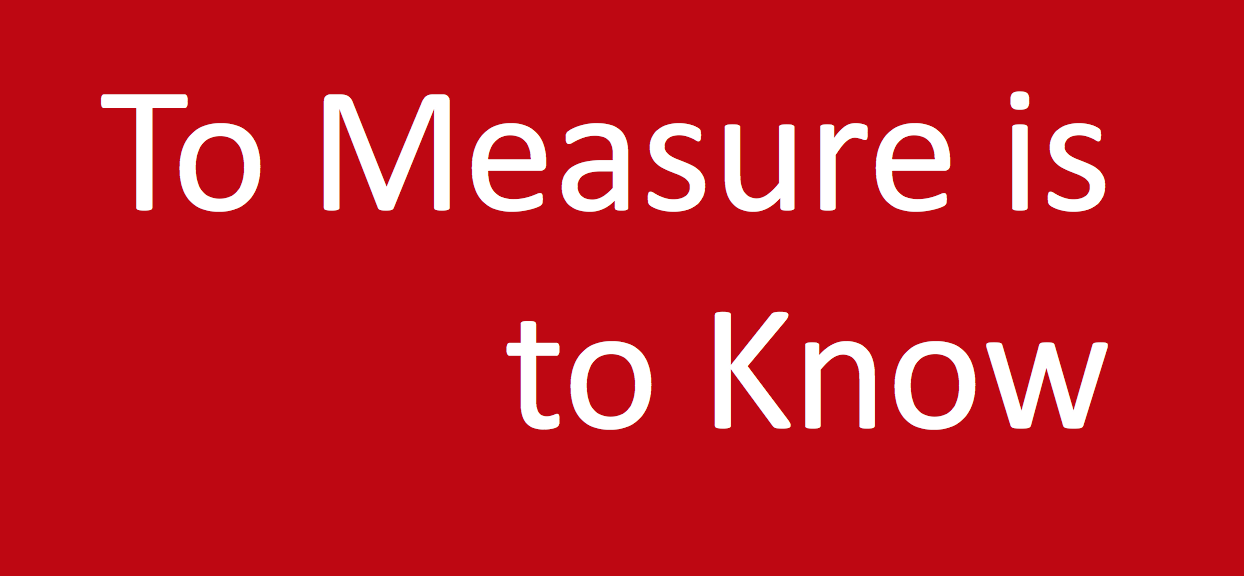Define the Customers’ Workflow and Users’ Tasks
To design user experiences that are easy to use for your customers and users, become familiar with the customers’ workflows and the users’ tasks. When conducting your research, establish a list of users by companies, departments, and roles. The company contact is usually the “customer” and the department contact is usually a manager. In enterprise … Read more






